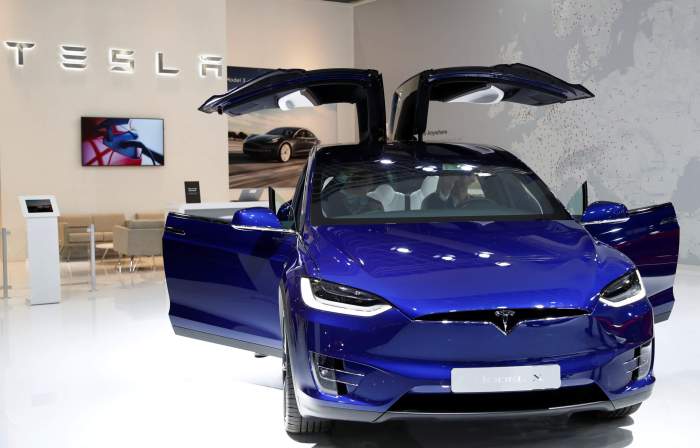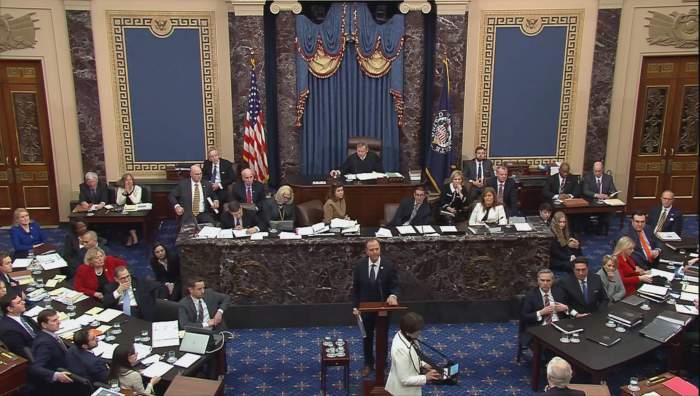By Jessie Pang
HONG KONG (Reuters) – Hong Kong police fired tear gas on Saturday to disperse hundreds of black-clad protesters, some armed with petrol bombs, during a rally to mark six months since the authorities stormed a subway station and arrested demonstrators.
One officer drew his gun but did not fire as protesters hurled plastic water bottles and umbrellas at him.
The clashes are among the most violent in the Chinese-ruled city after a period of relative calm following intense anti-government protests that escalated in June last year, with fears over the coronavirus keeping many residents indoors.
Hundreds of protesters gathered in and around Mong Kok district and the Prince Edward subway station, where some of the fiercest violence erupted on Aug. 31, when police fired tear gas at pro-democracy protesters throwing petrol bombs.
Some chanted “Liberate Hong Kong, Revolution of our time,” while others called for the police force to be disbanded, echoing slogans from previous demonstrations.
As the number of protesters increased, some set fires on Nathan Road in Kowloon district, sending plumes of thick, black smoke billowing into the air of the shopping hub, where police responded with pepper spray and tear gas.
One demonstrator hurled a petrol bomb at a police vehicle but missed. Others set up road blocks. Mong Kok subway station was closed.
The police said in a statement they had used “minimum necessary force” for dispersal and arrest operations and urged members of the public to leave the area immediately.
PUBLISHING TYCOON’S ARREST
The scenes brought back images of the clashes that plunged the former British colony into turmoil last year and posed the gravest popular challenge to Chinese President Xi Jinping.
The arrest this week of publishing tycoon Jimmy Lai, an outspoken critic of Beijing, on charges of illegal assembly thrust the protest movement back into the spotlight and drew condemnation from Washington and international rights groups.
Lai has made financial contributions to Hong Kong’s pro-democracy demonstrators.
While there have been sporadic protests this year, they have been largely peaceful and a return to violent clashes will pose a significant challenge to embattled Hong Kong leader Carrie Lam as she grapples to contain the spread of the coronavirus.
The outbreak has piled pressure on Lam, in particular over her refusal to seal the border with mainland China, which has infuriated many residents who see it as a move to appease Beijing.
The protesters are angry about what they see as creeping Chinese interference in Hong Kong, which returned to China in 1997 under a “one country, two systems” formula intended to guarantee freedoms that are not enjoyed on the mainland.
China says it is committed to the arrangement and denies meddling. It has accused foreign governments including the United States and Britain of inciting the unrest.
Protesters have called for an independent inquiry into the police force – one of five demands made on the Hong Kong government – amid allegations of excessive force.
Police say they have been restrained in the face of escalating violence.
The government announced in its budget this week that funding for the police force will reach HK$25.8 billion ($3.31 billion), up 25 percent from the previous year, drawing widespread criticism from democracy activists.
More than 7,000 people have been arrested in the anti-government protests, many on charges of illegal assembly or rioting, which carries a maximum sentence of 10 years.
(Additional reporting by Tyrone Siu, Pak Yiu and Joyce Zhou; Writing by Anne Marie Roantree; Editing by Mike Harrison and Timothy Heritage)























